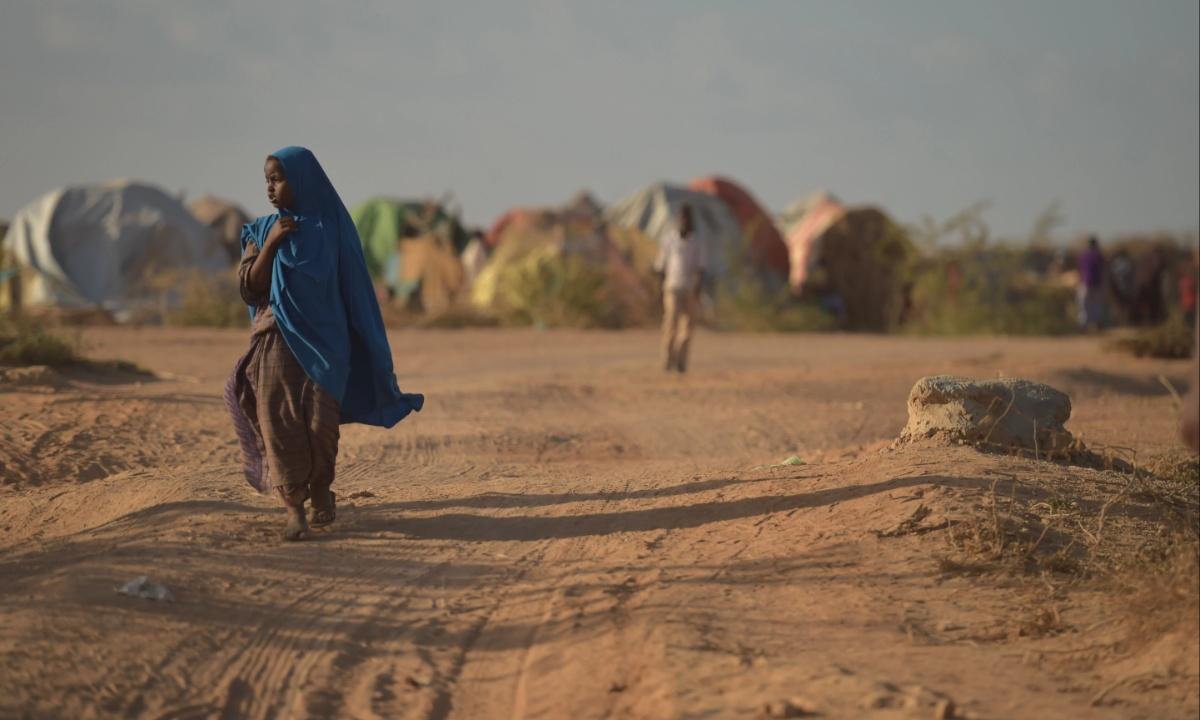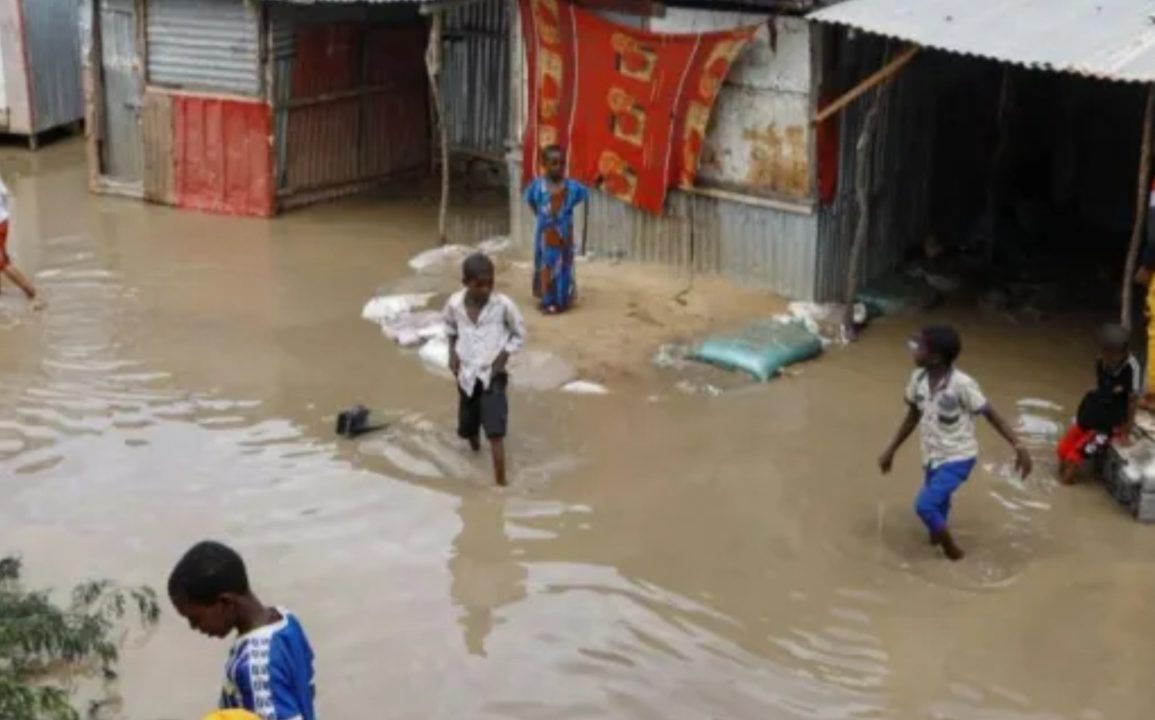Somalia faces severe poverty and persistent violence, yet its climate official, Abdihakim Ainte, believes it is “fixable.” Despite over 30 years of overlapping conflicts, including an Islamist insurgency and civil war, Ainte views the country as a place of significant potential and promise. His optimism is striking given the exacerbating effects of climate change on Somalia’s already dire situation.
Climate change is intensifying Somalia’s challenges, described by one commentator as a “chaos multiplier” that deepens existing tensions. The country, which has contributed negligible amounts of global carbon emissions compared to major economies like the US, is nonetheless facing severe climate impacts. These effects are especially detrimental to Somalia’s agricultural economy, which is crucial for the livelihood of two-thirds of its population.
In 2022, Somalia experienced its worst drought in 40 years, an event scientists link to human-induced climate change. This drought has had devastating effects on agriculture and livestock, disrupting traditional practices such as camel herding that are vital for the local economy. The increasing unpredictability of rainfall patterns is severely impacting the ability of communities to sustain their traditional livelihoods.

The severity of the drought was evident during a visit by an International Red Cross (ICRC) convoy, which was accompanied by armed guards due to the pervasive violence in the country. The harsh conditions have led to conflicts over essential resources like water and grazing land, further exacerbating the strain on local communities. This situation has forced many to defend their resources aggressively.
Alongside the drought, Somalia has also faced intense flooding, which has caused significant destruction and displacement. The combination of severe drought and flooding has led to widespread humanitarian crises, including massive displacements and significant loss of life. The situation has worsened the already precarious living conditions in the country.
The humanitarian crisis is evident in the refugee camps where around four million displaced Somalis reside. These camps are marked by extreme deprivation, with residents struggling to secure basic necessities. Despite the urgent needs, international aid remains insufficient, with only a fraction of the required funds pledged to support the humanitarian effort.
Amid these challenges, there are glimpses of hope. Local initiatives such as investments in renewable energy by the National Energy Corporation of Somalia (NECSOM) reflect a move towards sustainability. Additionally, Somali entrepreneurs are finding ways to support their communities, exemplified by individuals like Amina Osman Mohamed, who has built a thriving business despite the hardships.
Ultimately, while Somalia’s situation is deeply challenging, with climate change and conflict amplifying its struggles, there are signs of resilience and progress. Continued international assistance and support will be crucial for addressing the complex issues facing the country and building a more stable and sustainable future.

